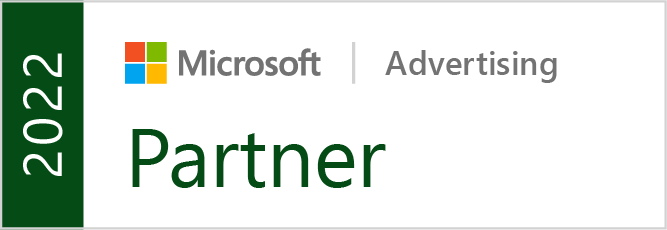LinkedIn’s Creative Labs has released a comprehensive report on the state of B2B video advertising, breaking down what fuels video views, shares, and engagement based on data from over 13,000 video ads.
Video Drives Online Success
The rise of online video has been undeniable for some time, with video content outpacing every other type of media in nearly every metric. People are more likely to engage with videos, share them, and remember what they’ve seen in a video. The new report, titled “The Art & Science of Video“, states that videos are shared 20 times more frequently than any other type of content on the platform.

This makes online video one of the most effective ways to promote your business, products, and services, especially if your business is primarily B2B.
What Factors Fuel Video Engagement
Anyone who has tried to share videos online (whether they were organic videos or video ads) knows that you can’t upload just anything and expect results. LinkedIn’s team identified specific types of videos that performed best:
- Cinematic, narrative-driven brand videos received +129% engagement
- Short, vertical “real talk” videos saw +103% increased dwell time
- B2B videos with memes received +111% engagement
- Videos presenting seemingly authentic emotions lifted engagement by +78%
Looking closer, the research uncovered specific themes or approaches that led to the best ad outcomes:

- Cultural Coding – Top-performing videos showed an authentic connection with the audience through subtle, coded references. These references, whether they are shots of a familiar locale, a knowing reference, or a relevant meme, establish deeper connections that make viewers more invested.
- Human Touch – Videos that show genuine, unscripted human moments help bring down consumers’ barriers, making them trust your brand on a deeper level than a highly-produced video could. This is why videos with real people showing emotions that felt genuine outperform staged videos across all key metrics, including dwell time, completion rate, clicks, and engagement.
- Expert Takes – People want to hear from experts; they just don’t want to feel talked down to. The most effective expert videos didn’t seem sterile or overly formal. They felt conversational and insightful, rather than feeling like a pre-recorded lecture.
- Attention Hacking – Successful videos know how to grab attention quickly and keep it – even when someone is watching on mute, on the move, or while multitasking. This was done a number of ways, including using bold colors, dynamic typography, and clear sequencing that made their content easy to understand, no matter the context.
- Inspiring Imagination – Despite B2B marketing’s reputation for being stuffy and focused on numbers, the most effective video ads were those with emotionally rich storytelling. Videos that used emotions to connect with their audience saw 36% more engagement than those focused on functionality and stats.
The Big Picture
The findings from LinkedIn’s Creative Labs make it clear: B2B video marketing isn’t just about putting content out there – it’s about creating something that resonates. Whether it’s through authentic human moments, expert insights delivered with warmth, or clever cultural nods, the videos that succeed are the ones that feel real, relevant, and emotionally engaging. The days of overly formal, stats-heavy B2B ads are fading; today’s audiences crave connection, clarity, and creativity.
If you’re investing in video for B2B, this research offers a clear roadmap: lean into storytelling, embrace authenticity, and never underestimate the power of emotion. With the right approach, video can do more than just inform – it can spark attention, build trust, and move people to act.



